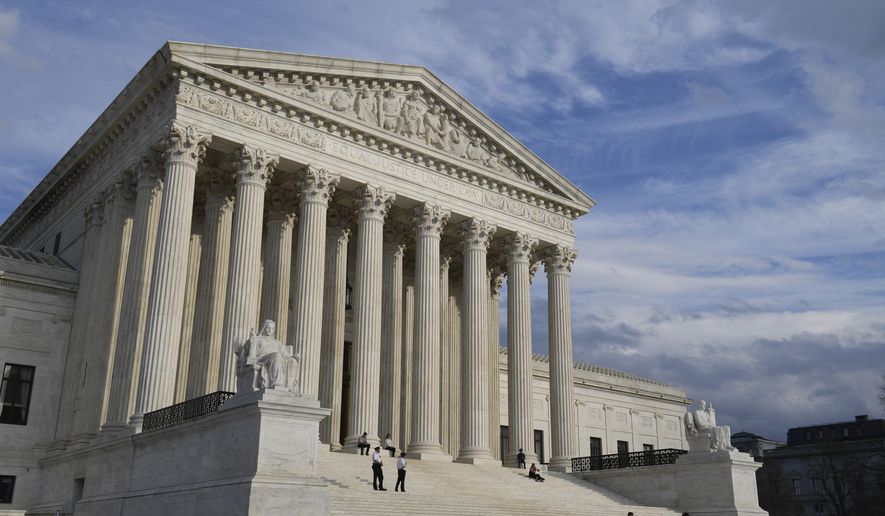The White House said Friday that the administration will ask the Supreme Court to approve his plan to have the Census Bureau produce a count that doesn’t include illegal immigrants, tossing a major hot potato over to the high court just as Justice Ruth Bader Ginsburg died of pancreatic cancer.
At stake is the count used to divide up seats in the U.S. House of Representatives.
Mr. Trump says that while the 2020 census will still produce its overall count of all persons living in the country, only a count of legal residents should be used for apportioning House seats.
A panel of lower court judges in New York has ruled Mr. Trump’s plan illegal, saying Congress, not the president, has the power to determine those matters.
White House press secretary Kayleigh McEnany said Congress gave that power to the president, “and the administration intends to vindicate that policy determination before the Supreme Court.”
“The president’s decision will ensure that American citizens do not have their representation in Congress diminished based on counts of illegal aliens,” she said in a statement.
Even if Mr. Trump prevails, experts had doubted the Census Bureau would be able to follow through on Mr. Trump’s directive. Figuring out how to exclude illegal immigrants is tricky, since it’s not clear who they all are, and statistical methods are subject to a massive margin of error.
But some conservatives had long wanted to see an attempt made.
They argue that allowing those in the country illegally to be used as part of the count doling out House seats gives more political power to illegal immigrant-friendly states, at the expense of others.
The Center for Immigration Studies, for example, calculates that three seats would shift depending on whether the estimated 11 million illegal immigrants are excluded. If counted, California, Texas and New York would end up with the seats. If excluded, those seats would go to Ohio, Alabama and Minnesota.
The apportionment case is the second big census case Mr. Trump has foist in the justices’ laps during his tenure.
He lost the first one, when he tried to shoehorn a question about citizenship onto the 2020 census form.
The court, in a 5-4 decision ruled that while such a question was legal, the Trump administration didn’t give a sufficient justification for its actions. Chief Justice John G. Roberts Jr. led that ruling, which was joined by Justice Ginsburg and the court’s other Democrat-appointed justices.
With Justice Ginsburg’s death Friday, the court is reduced to eight members.
• Stephen Dinan can be reached at sdinan@washingtontimes.com.




Please read our comment policy before commenting.